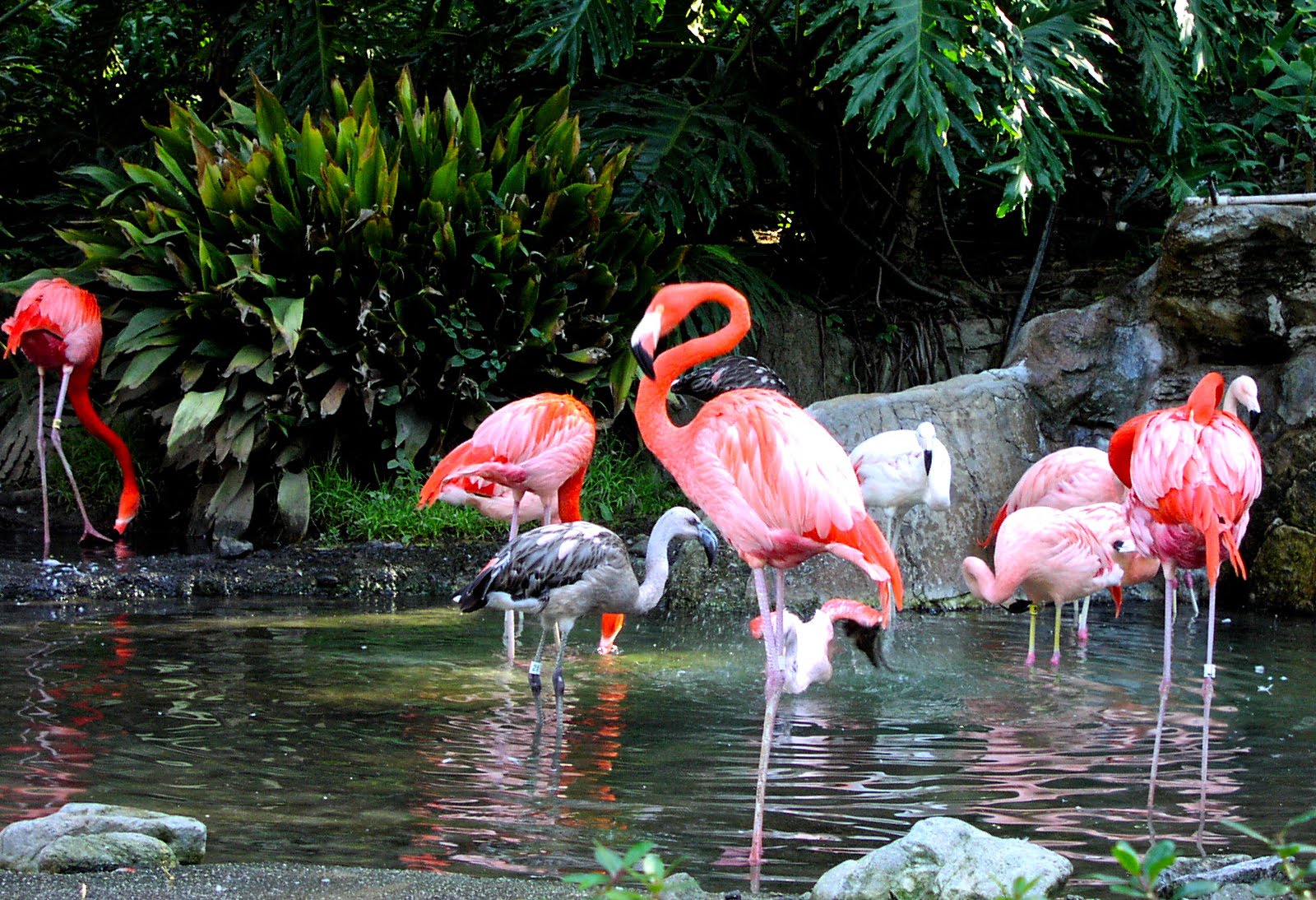
Sandhill cranes are popular across the United States and Canada. While American flamingos are fully feathered, some white storks have bare heads. Besides, white storks have longer and heavier bills than those of the American flamingo. Although some of these birds have pink in their plumage, they’re not as pink as American flamingos. DifferencesĪs the name suggests, white storks have white plumage. Both wading birds have “S” shaped necks, but the necks of white storks are slightly shorter. However, the legs of the white storks are long and red, just like those of the American flamingos. White storks are not pretty similar to American flamingos. The breast feathers are long and shaggy.They have a long neck and dull-brown or grey eyes.They have long, straight, pointed red bills.


They have long and thin bills with a slight downward curve.They have slightly red, short legs with multiple toes.Scarlet ibises are bright red but could be pink due to the lack of enough pigments.These birds are usually available in shorelines, estuaries, mudflats, and shallow bays, foraging frogs, fish, mollusks, crustaceans, and small snakes. Scarlet ibises are found throughout South America and the Caribbean islands, particularly in Brazil, Argentina, Columbia, Venezuela, and Trinidad and Tobago (the national bird). While American flamingos have webbed feet, roseate spoonbills have three toes. These birds are shorter than American flamingos. Roseate spoonbills have much longer bills like spoons with a flattened tip. When in flight, both birds look pretty similar from afar. In addition, they have relatively small heads. The underwings are pink, and the necks are long, white, “S” shaped.īoth roseate spoonbills and American flamingos look similar for their pink plumage.They have bright pink shoulders and a yellowish-green head.They have long, flat, spoon-shaped bills and red eyes.They have long legs with pinkish feathers in the upperpart.

Roseate spoonbills have rosy pink and bright magenta feathers.Like American flamingos, their bodies are pink due to the carotenoid pigments in their diet. These birds are found in bays, forested swamps, wetlands, and mangroves.

Roseate spoonbills, one of the pink birds in Florida except for American flamingos, live in the coastal areas of the southern United States and the Caribbean.


 0 kommentar(er)
0 kommentar(er)
